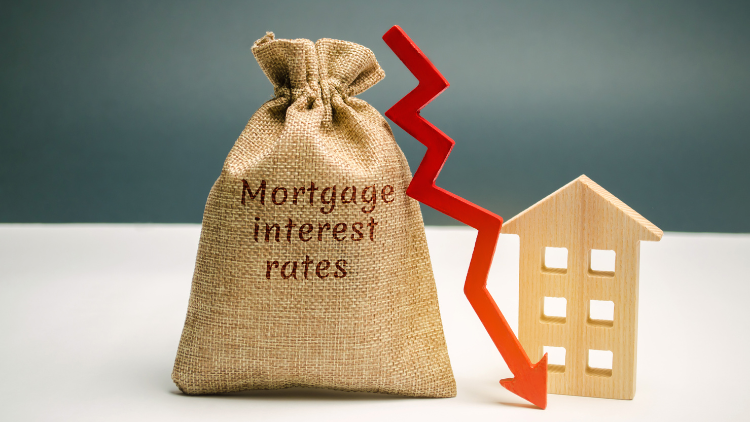Housing Market Snapshot: What the Latest Numbers Reveal About Affordability, Pricing, and Strategy
As 2025 winds down, housing data continues to show a clear trend: the market rewards those who act strategically, not impulsively. The latest numbers highlight how affordability, pricing, and inventory are reshaping buyer and seller behavior across the country — with Atlanta standing out for its resilience and relative accessibility.
Affordability: Why Atlanta Still Leads
Affordability remains a key dividing line among major metro markets. In Los Angeles, only about 2% of renters can afford the average home. In Atlanta, that figure rises to roughly 20%, demonstrating why the region continues to attract both first-time buyers and relocating professionals.
This gap is more than just a statistic — it speaks to long-term stability, a broader pool of qualified buyers, and a consistent flow of demand that supports home values even in shifting conditions.
Current Market Conditions: A Steady Fall Season
Recent data paints a picture of balance and measured movement:
- 22% of homes are selling within two weeks.
- 20% are closing above asking price.
- Inventory sits at a 3.7-month supply, suggesting the market still leans toward sellers, but only slightly.


Home prices for single-family properties slipped 0.1% in September after peaking mid-summer — a natural and healthy adjustment that brings pricing back in line with buyer expectations. With mortgage rates averaging around 6.4%, accurate pricing and strong communication remain essential for a successful sale.
Economic Insights: What Really Drives Mortgage Rates
Many assume that Federal Reserve rate cuts immediately lower mortgage rates — but that’s only half the story.
Long-term mortgage rates are more closely linked to the 10-year Treasury yield and the broader bond market. Currently, that spread is wider than usual, but it’s expected to narrow as inflation eases and investor confidence improves heading into 2026. For real estate professionals and clients alike, tracking economic indicators such as employment data, consumer confidence, and global market trends provides early insight into rate movement — often before the average consumer notices.
Inventory and Pricing: Precision Is Power
Inventory has been rising gradually since April, signaling a shift toward a more balanced market:
- Single-family homes are trending neutral.
- Townhomes and condos are showing early signs of buyer advantage.
- Average days on market are at decade highs:
- 95 days for single-family homes
- 97 days for townhomes
- 116 days for condos
Strategic Guidance for Buyers and Sellers
For sellers:
- Price based on recent closed sales, not outdated aspirational comps.
- Understand that today’s buyers are informed and patient.
- Consider pre-listing inspections or small updates that make a property stand out.
For buyers:
- Re-evaluate your budget — today’s rates may still fit your long-term plan.
- Watch for re-listed homes or those with extended market time for negotiation opportunities.
- Stay in close contact with your agent to act quickly when inventory shifts.

The Expert Takeaway: Clarity Over Speculation
The housing market of late 2025 rewards preparation and knowledge.
While we’re seeing adjustments in pricing and inventory, Atlanta remains one of the most stable and opportunity-rich metros in the country. Buyers and sellers who stay informed — and lean on trusted real estate guidance — will continue to make confident, data-driven moves.
Real estate success isn’t about predicting the perfect moment; it’s about understanding the market deeply enough to act with clarity when opportunity arises.
Thinking about buying or selling?
I can help you analyze what today’s market means for your goals — and how to make the most of these rate shifts.
📞 Contact Neel Midha | Harry Norman, REALTORS® | (770) 570-8007





